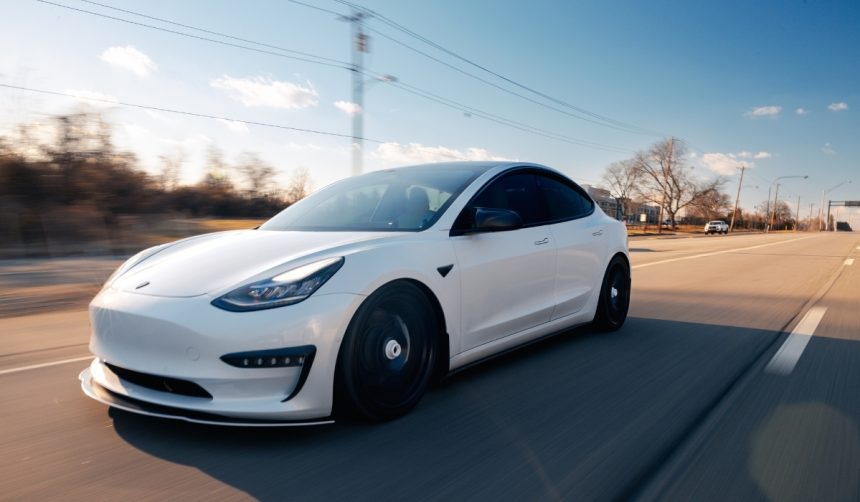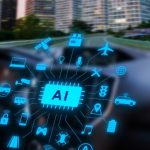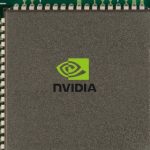Tesla is moving toward a significant milestone with its announcement to begin production of the Cybercab, a fully autonomous vehicle, in April 2026. Presented at the company’s 2025 Annual Shareholder Meeting, CEO Elon Musk revealed that this new model will be Tesla’s first car engineered solely for unsupervised autonomous driving. As the company advances into the expanding self-driving sector, industry watchers are paying close attention to both the project’s timetable and the scalability of its planned manufacturing process.
Compared to earlier reports in the last year, when speculation surrounded the debut of a Tesla robotaxi and details were sometimes vague, the new announcement adds precision to the timeline and production approach. Earlier information often mentioned the development of autonomous technology broadly but not a distinct vehicle design without manual controls. The explicit commitment to an “unboxed” production strategy and the emphasis on high-volume assembly now signal a maturing of Tesla’s strategy for introducing purpose-built autonomous vehicles. Industry observers note that while the timeline is ambitious, Tesla’s confirmation clarifies prior uncertainty and moves the project closer to realization.
How Will Cybercab’s Feature Set Stand Out?
Tesla’s Cybercab departs from traditional design, eliminating the steering wheel, pedals, and side mirrors. The vehicle is tailored for efficiency in autonomous mode, aiming to offer lower operational costs per mile. Elon Musk noted the importance of the platform’s adaptability, referencing the uniform integration of necessary hardware for self-driving across Tesla’s lineup in recent years.
“It’s very much optimized for the lowest cost per mile in an autonomous mode,”
Musk explained, positioning the Cybercab as a mass-market robotaxi for commercial use.
What Makes Tesla’s Planned Manufacturing Process Distinct?
Musk drew a sharp contrast between Cybercab production and standard automobile manufacturing, likening it to consumer electronics assembly lines. This approach is expected to increase production rates substantially as Tesla targets a dramatic cycle-time reduction per vehicle assembled. Musk elaborated on these plans:
“The manufacturing system of the Cybercab, it’s closer to a high volume consumer electronics device than it is a car manufacturing line. So the net result is that I think we should be able to achieve, I think, ultimately, less than a 10-second cycle time, basically a unit every 10 seconds.”
The company’s ambitious projections suggest that a single production line could, over time, produce millions of Cybercabs annually if efficiency targets are met.
Could High-Volume Output Meet Market Demand?
Tesla intends to assemble the Cybercab at Giga Texas, designating the model as its flagship entry in the commercial robotaxi segment. By targeting cycle times far shorter than traditional auto manufacturing—potentially as low as one unit every five to ten seconds—the company anticipates outpacing legacy automakers in the production of self-driving vehicles. These figures dwarf the outputs of typical automotive plants. Tesla aims to capitalize on this anticipated capacity to satisfy projected growth in demand for autonomous ride-hailing services both in the U.S. and internationally.
The clarity provided by Tesla regarding the Cybercab’s launch timeline and assembly process puts the company’s strategy in sharper focus than before. While such production ambitions carry considerable challenges—including technological, regulatory, and logistical hurdles—Tesla’s decision to prioritize autonomous vehicle manufacturing efficiency marks a notable departure from earlier practices. For readers tracking developments in electric and autonomous vehicles, the expectation of a high-volume robotaxi rollout could reshape ride-hailing models and influence how automakers design vehicles for an automated future. Those interested in industry trends may find it invaluable to monitor how Tesla leverages its expertise in electric drive, artificial intelligence, and mass production for the coming Cybercab era, as well as how regulators and competitors respond to these fast-evolving developments.








